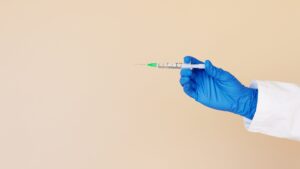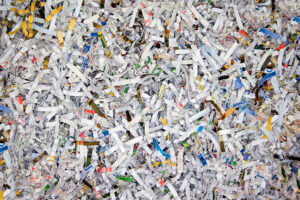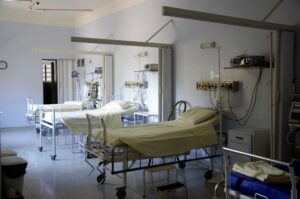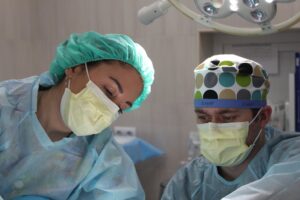Unfortunately, sharps injuries are on the rise. Research shows that the duty of care in preventing sharps injuries following OSHA’s 2001 revision of the Bloodborne Pathogen Standard appears to be slipping. That revision and the Needlestick Safety and Prevention Act of 2000, are both credited for highlighting safety and bringing accountability measures to the healthcare industry that impacted the incident rates.
In an extensive survey by the Association of Occupational Health Professionals, conclusive findings indicate rates to be rising significantly, with around 320,000 sharps incidents taking place each year in the US. Beyond the obvious harm to staff, this is costing facilities a lot of money nationwide.
There are several key things facility managers should be doing to help minimize sharps risks, including providing solid annual training and providing the best tools to dispose of sharps.
One area of confusion medical staff require more training on, is whether or not glass, broken or otherwise, is considered sharps medical waste. Sharps have very specific requirements on how they are to be handled, disposed of, and treated. When staff misclassify medical waste and do not follow these requirements, health risks result.
According to OSHA’s Bloodborne Pathogens Standard:
Sharps are objects that can penetrate a worker’s skin, such as needles, scalpels, broken glass, capillary tubes and the exposed ends of dental wires. If blood or other potentially infectious materials (OPIM)…are present or may be present on the sharp, it is a contaminated sharp…
This definition means Petri dishes, laboratory slides, and other glass items that have been contaminated should be considered sharps. Even plastic waste that is capable of puncturing the skin that has been contaminated with infectious/biohazardous material should be disposed of with the same care as sharps.
There is a growing trend of facility managers opting for readily available solutions to dispose of sharps quickly and safely right at their facility.
These options:
- Lower the risk of sharps injuries by reducing the number of stored sharps on site
- Help deter vandalism by those seeking used sharps
- Eliminate the need for a third-party hauler
- Save facilities money
OnSite Waste offers an on-premise solution that allows medical staff to treat sharps in a few hours and then place that sterilized waste in the regular trash.
To learn more, please see below.










